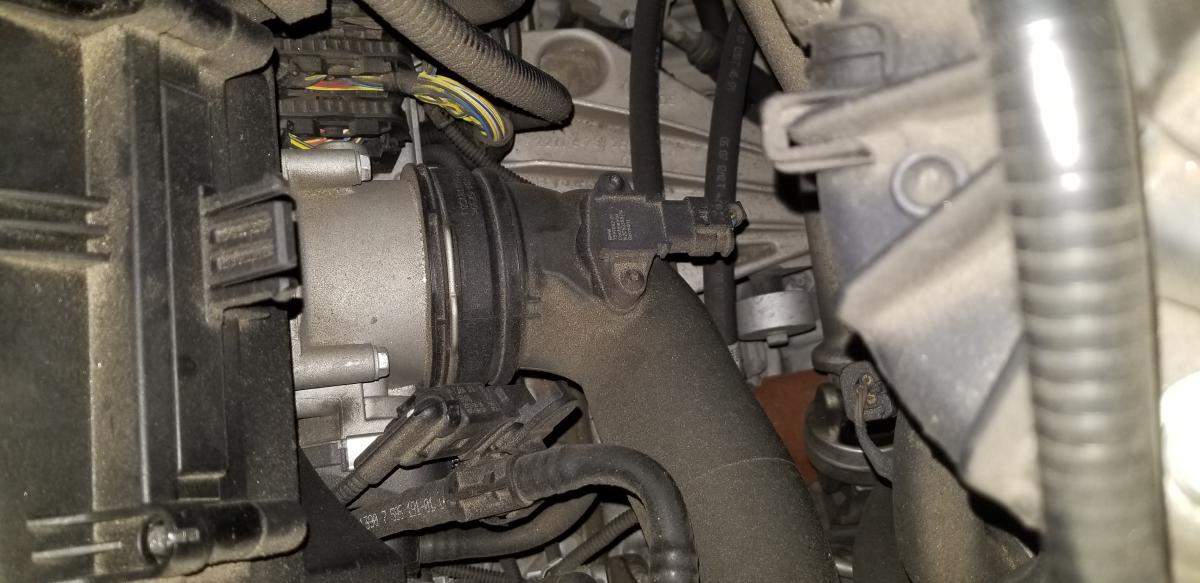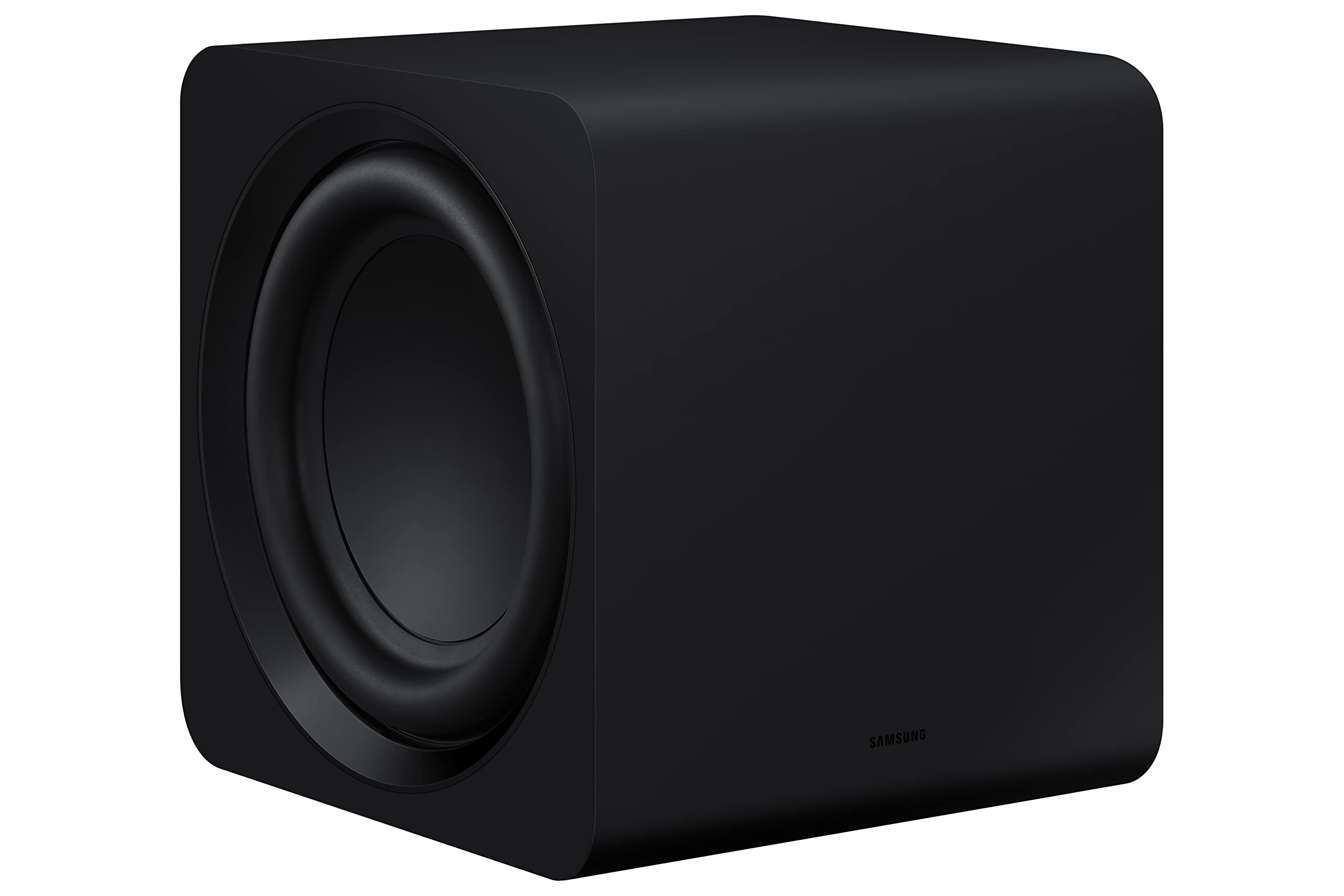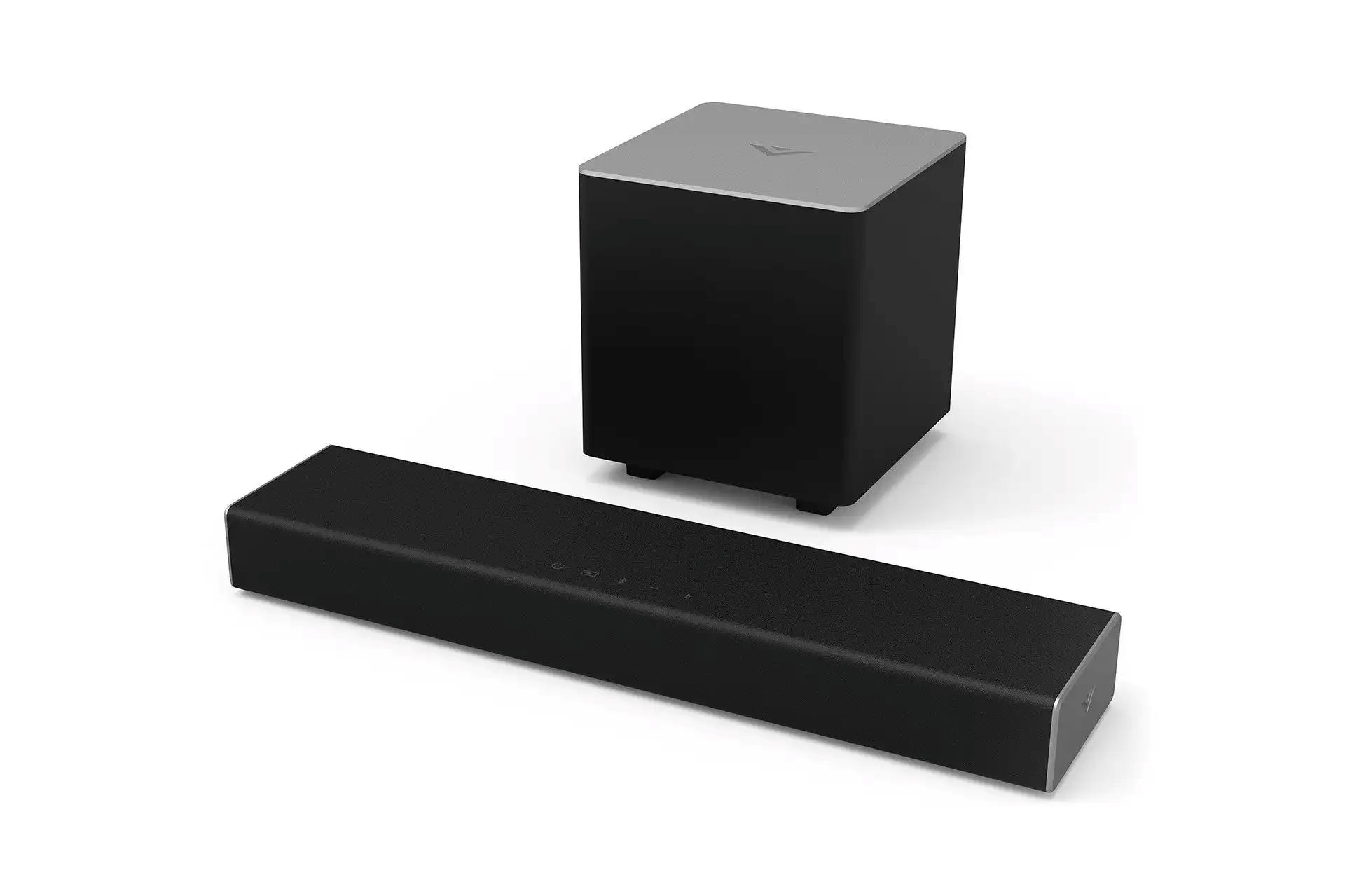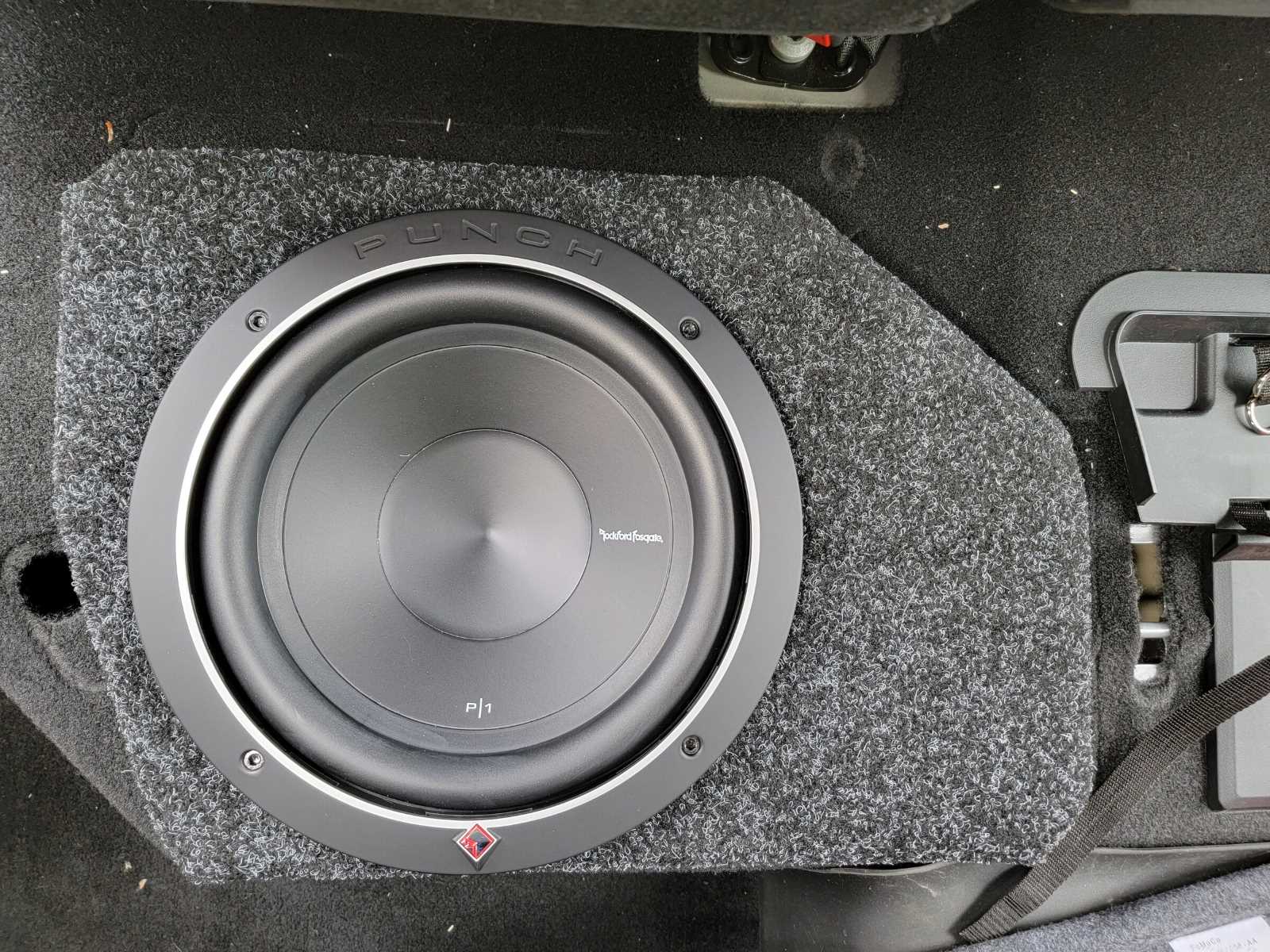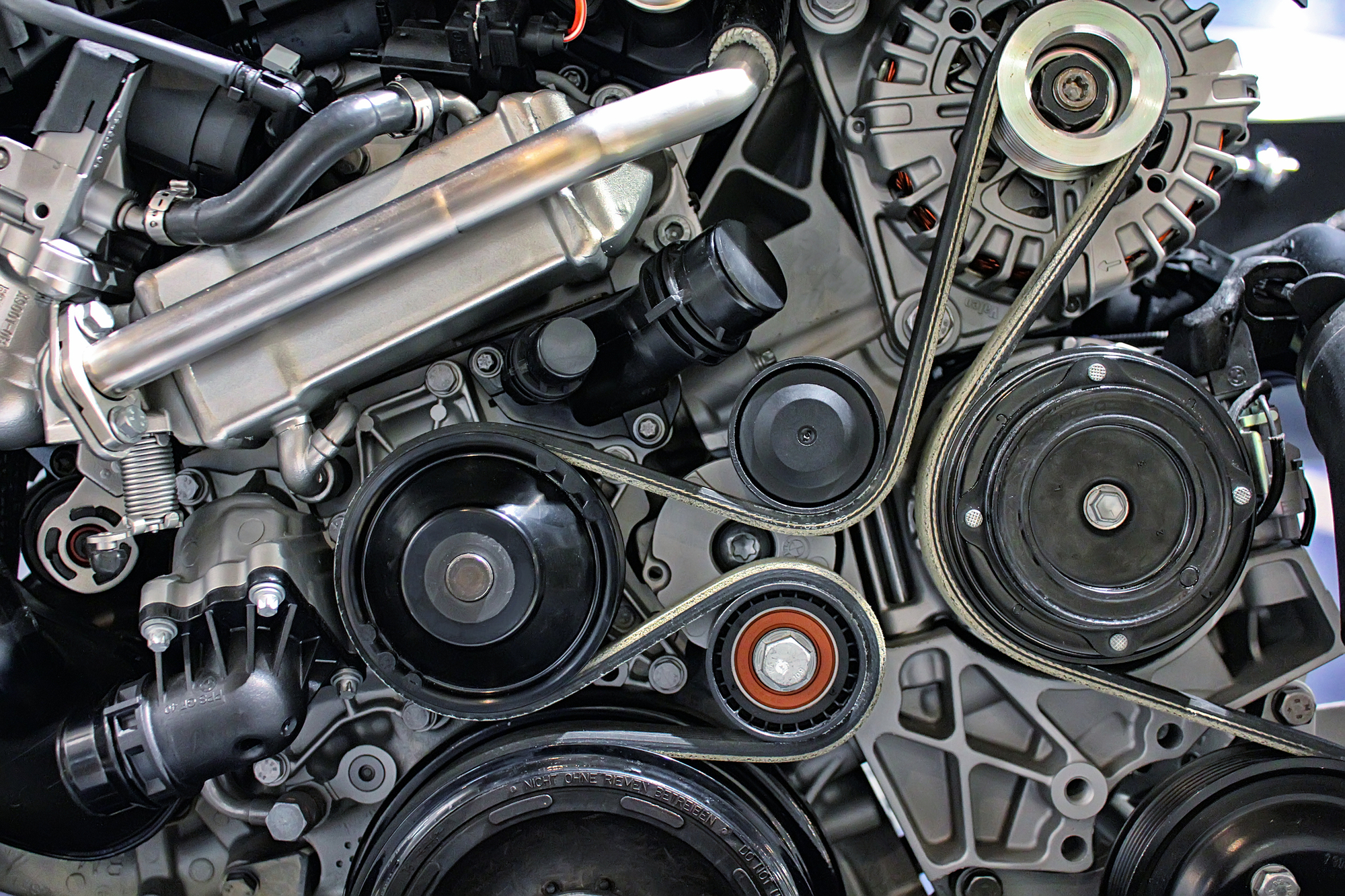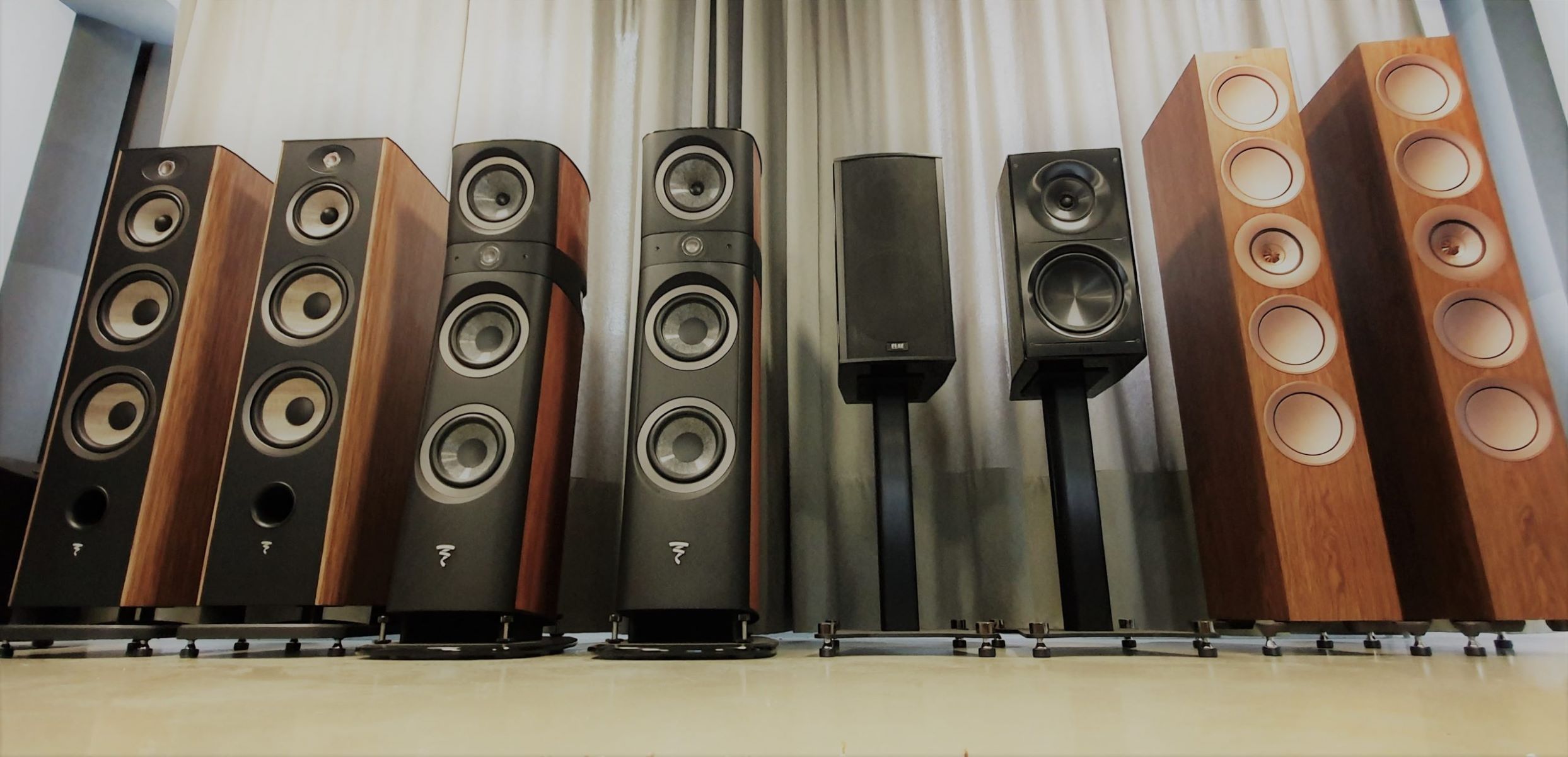Home>Devices & Equipment>Subwoofer>Why Does My Subwoofer Hum When I Accelerate


Subwoofer
Why Does My Subwoofer Hum When I Accelerate
Published: January 22, 2024
Discover why your subwoofer hums when you accelerate. Get expert advice and troubleshooting tips to fix the issue.
(Many of the links in this article redirect to a specific reviewed product. Your purchase of these products through affiliate links helps to generate commission for AudioLover.com, at no extra cost. Learn more)
Table of Contents
Introduction
Subwoofers are an essential component of any audio system, providing deep and powerful bass that enhances the overall audio experience. However, while enjoying the thrill of driving and listening to your favorite music, you may have noticed an annoying humming sound coming from your subwoofer whenever you accelerate.
This phenomenon, commonly known as subwoofer hum during acceleration, can negatively impact the enjoyment of your music and leave you perplexed as to why it occurs. In this article, we will explore the reasons behind subwoofer hum during acceleration and provide solutions to reduce or eliminate this issue.
Understanding the root causes of subwoofer hum during acceleration requires a basic understanding of how subwoofers function. These specialized speakers are designed to reproduce low-frequency sounds, usually below 200 Hz, creating the deep bass that gives music and movie soundtracks their impact.
Subwoofers are typically powered by an amplifier and are connected to the audio system through a series of cables. When you accelerate your vehicle, the electrical and mechanical systems inherently generate noise and vibrations, which can directly or indirectly affect the operation of the subwoofer.
While it’s normal to expect some level of background noise in a car audio system, excessive subwoofer hum during acceleration can be frustrating and detract from the overall listening experience. By understanding the factors contributing to this issue, we can take steps to minimize or eliminate it entirely. Let’s dive deeper into the factors that can cause subwoofer hum during acceleration.
Understanding the Subwoofer Hum
Subwoofer hum, often described as a low-frequency buzzing or humming sound, is a common issue that many subwoofer owners encounter. It can occur in various situations, such as during playback, at idle, or even when accelerating. Understanding the causes behind subwoofer hum is crucial in order to find effective solutions.
The primary cause of subwoofer hum is electrical interference. This interference can result from a variety of sources, including electromagnetic fields generated by nearby electronics, poor grounding, or even faulty wiring. When the subwoofer picks up these electrical signals, it amplifies them, leading to the audible hum.
Another potential cause of subwoofer hum is engine vibrations. While subwoofers are designed to handle vibrations to some extent, excessive vibrations generated during acceleration can create additional noise. The vibrations can be transmitted through the vehicle’s structure and impact the subwoofer’s performance.
Furthermore, the placement of the subwoofer within the vehicle can also contribute to the hum. If the subwoofer is installed in an area prone to excessive vibrations, such as the trunk or a poorly insulated enclosure, it can exacerbate the issue.
It’s essential to note that subwoofer hum during acceleration can be more noticeable in certain cars or audio setups. For instance, vehicles with larger engines or aftermarket exhaust systems tend to produce more vibrations, which can intensify the hum. Additionally, subwoofers with a higher sensitivity rating may be more susceptible to picking up vibrations and electromagnetic interference.
Now that we have a better understanding of the factors that contribute to subwoofer hum, let’s explore the specific issues related to subwoofer hum during acceleration and how to address them effectively.
Factors Affecting Subwoofer Hum during Acceleration
Several factors can contribute to subwoofer hum specifically during acceleration. By identifying these factors, we can address them and minimize or eliminate the unwanted noise. Let’s take a closer look at the main factors affecting subwoofer hum during acceleration:
- Grounding Issues: Improper grounding is a leading cause of subwoofer hum. When the ground connection is inadequate or faulty, it can introduce unwanted electrical noise into the audio system, resulting in a humming sound. This issue is more noticeable during acceleration due to increased electrical activity and variations in the ground potential.
- Electrical Interference: The electrical components in a vehicle, such as the alternator, ignition system, or even nearby electronic devices, can generate electromagnetic fields that interfere with the audio system. These interference signals can be picked up by the subwoofer and amplified, leading to hum during acceleration.
- Engine Vibrations: Acceleration causes an increase in engine vibrations, which can transmit to the subwoofer and result in humming sounds. The extent of the vibrations can depend on various factors, including the engine size, exhaust system, and the vehicle’s overall design. Subwoofer placement and isolation play a crucial role in reducing the impact of engine vibrations.
- Wiring and Power Supply Problems: Faulty wiring connections, inadequate gauge wire, or mismatched impedance can contribute to subwoofer hum during acceleration. Insufficient power supply from the amplifier may also cause the subwoofer to produce less sound and introduce hum.
- Enclosure Design: The design and construction of the subwoofer enclosure can influence its susceptibility to hum during acceleration. A poorly designed enclosure that allows excessive vibrations or resonance can contribute to the problem. Additionally, the location and mounting of the enclosure within the vehicle can also impact the level of hum experienced.
By understanding these factors, we can take appropriate measures to address them and reduce or eliminate subwoofer hum during acceleration. In the following sections, we will explore various solutions to tackle each of these factors and enjoy a smooth and immersive audio experience while driving.
Grounding Issues and Electrical Interference
Grounding issues and electrical interference are common culprits behind subwoofer hum during acceleration. Inadequate grounding or the presence of electromagnetic interference can introduce unwanted noise into the audio system, resulting in a buzzing or humming sound from the subwoofer. Let’s delve into these factors in more detail:
Grounding Issues: Proper grounding is crucial for a well-functioning audio system. The ground connection serves as a reference point for the electrical signals, ensuring a stable and noise-free audio output. When the ground connection is faulty or insufficient, it can lead to electrical noise and, consequently, subwoofer hum. To address grounding issues, check the grounding cable connections between the amplifier, head unit, and chassis to ensure they are secure and clean. Consider using dedicated grounding blocks or upgrading the grounding cables to minimize resistance and enhance the ground connection.
Electrical Interference: Electrical interference is another common cause of subwoofer hum during acceleration. Components in the vehicle’s electrical system, such as the alternator or ignition system, can generate electromagnetic fields that interfere with the audio signal. To mitigate this interference, you can take several steps. First, ensure that the subwoofer’s power and signal cables are routed away from other electrical components, particularly high-power ones. Consider using shielded or twisted-pair cables to minimize interference. Additionally, installing an inline noise filter or a ground loop isolator can help suppress unwanted electrical noise and reduce subwoofer hum.
Addressing grounding issues and electrical interference can significantly improve the audio quality and reduce hum during acceleration. However, it is important to note that the effectiveness of these solutions may vary based on the specific vehicle and audio system. Experimenting with different approaches and seeking professional assistance if needed can help in finding the most effective solution for your setup.
Engine Vibrations and Subwoofer Placement
Engine vibrations are a common culprit behind subwoofer hum during acceleration. As the engine revs up and the vehicle accelerates, these vibrations are transmitted throughout the vehicle’s structure, including the subwoofer. Improper subwoofer placement can exacerbate the impact of engine vibrations, leading to an increase in the audible hum. Let’s explore how engine vibrations and subwoofer placement can contribute to subwoofer hum and how to address these issues:
Engine Vibrations: The vibrations generated by the engine can directly affect the performance of the subwoofer. If the subwoofer is not properly isolated or decoupled from the vehicle’s structure, it can act as a conduit for these vibrations, resulting in audible hum. Upgrading the subwoofer enclosure with damping materials, such as mass-loaded vinyl or foam, can help reduce the impact of engine vibrations. Additionally, isolating the subwoofer from direct contact with the vehicle’s surfaces, such as using rubber or foam gaskets, can further minimize the transmission of vibrations to the subwoofer.
Subwoofer Placement: The placement of the subwoofer within the vehicle plays a significant role in its susceptibility to engine vibrations and subsequent hum. Placing the subwoofer in the trunk or near the rear of the vehicle is common, but depending on the vehicle’s design and construction, this may expose the subwoofer to more vibrations. Experimenting with different placement options, such as mounting the subwoofer on a sturdy platform or using specialized anti-vibration mounts, can help reduce the impact of engine vibrations and minimize subwoofer hum.
It’s important to note that finding the optimal subwoofer placement and addressing engine vibrations may require some trial and error. Every vehicle has its unique characteristics, and what works in one car may not be as effective in another. Experimentation, along with careful consideration of the vehicle’s structure and the subwoofer’s design, can help in finding the best placement and vibration isolation techniques to achieve a hum-free audio experience during acceleration.
Subwoofer Wiring and Power Supply Problems
Subwoofer wiring and power supply issues can contribute to subwoofer hum during acceleration. Faulty wiring connections, inadequate gauge wire, or problems with the power supply can result in reduced performance and introduce hum into the audio system. Let’s examine these factors in more detail and explore potential solutions:
Wiring Connections: Poorly connected or loose wiring can cause subwoofer hum. Check all wiring connections, including those between the amplifier, subwoofer, and head unit. Ensure that the connections are secure, clean, and properly seated. Replace any damaged or faulty cables, and use appropriate connectors to ensure a solid and reliable connection. Additionally, it’s crucial to check the polarity of the subwoofer’s wiring. Incorrectly wired subwoofers can produce phase cancellation, resulting in reduced bass and potential hum.
Wire Gauge: Inadequate wire gauge can limit the power delivery to the subwoofer, leading to reduced performance and potential hum. Ensure that you are using the appropriate gauge of wire for your subwoofer and amplifier setup. Consult the manufacturer’s recommendations or online resources to determine the ideal wire gauge for your specific power requirements. Using thicker gauge wire can help minimize power loss and potential hum caused by insufficient power supply.
Impedance Matching: Mismatched impedance between the amplifier, subwoofer, and other components can result in suboptimal performance and introduce hum. Make sure that the amplifier and subwoofer are properly matched in terms of impedance ratings. Using an impedance matching calculator or consulting the specifications provided by the manufacturer can help ensure compatibility and minimize the risk of subwoofer hum.
Power Supply: Insufficient power supply can also impact the performance of the subwoofer and introduce hum during acceleration. Ensure that the amplifier receives a stable and adequate power supply. Verify that the wiring from the car’s battery to the amplifier is of sufficient gauge and length to minimize voltage drop. Consider using a high-quality power distribution block or capacitor to provide a clean and consistent power supply to the amplifier, which can reduce the chances of hum and improve audio performance.
By addressing subwoofer wiring and power supply problems, you can enhance the overall performance of your subwoofer and minimize or eliminate subwoofer hum during acceleration. Taking the time to properly wire and power your subwoofer setup ensures optimal signal transfer and reduces the risk of unwanted noise interference.
Solutions to Reduce or Eliminate Subwoofer Hum during Acceleration
Experiencing subwoofer hum during acceleration can be frustrating, but there are several solutions available to help minimize or eliminate this issue. By addressing specific factors contributing to the hum, you can enjoy a smooth and immersive audio experience while driving. Let’s explore some effective solutions:
- Grounding Optimization: Ensure proper grounding connections between the amplifier, head unit, and vehicle chassis. Use dedicated grounding blocks and upgrade ground cables to minimize resistance. This helps reduce electrical noise and minimize subwoofer hum.
- Electrical Interference Mitigation: Route power and signal cables away from other electrical components, particularly high-power ones. Use shielded or twisted-pair cables to reduce interference. Additionally, consider installing an inline noise filter or ground loop isolator to suppress unwanted electrical noise.
- Vibration Isolation: Upgrade the subwoofer enclosure with damping materials, such as mass-loaded vinyl or foam, to reduce the impact of engine vibrations. Use rubber or foam gaskets to isolate the subwoofer from direct contact with vehicle surfaces and minimize the transmission of vibrations.
- Optimal Subwoofer Placement: Experiment with different subwoofer placement options to find the best position that minimizes exposure to engine vibrations. Consider using anti-vibration mounts or platforms to further reduce the impact of vibrations.
- Check Wiring Connections: Ensure all wiring connections between the amplifier, subwoofer, and head unit are secure and clean. Replace damaged or faulty cables, and ensure proper polarity for the subwoofer’s wiring.
- Use Appropriate Wire Gauge: Use the correct gauge of wire for your subwoofer and amplifier setup. Thicker gauge wire minimizes power loss and potential hum caused by insufficient power supply.
- Impedance Matching: Match the impedance ratings between the amplifier and subwoofer to avoid suboptimal performance and potential hum. Use impedance matching calculators or consult manufacturer specifications for guidance.
- Ensure Proper Power Supply: Verify that the amplifier receives a stable and adequate power supply. Use appropriate gauge wiring and consider using a power distribution block or capacitor for clean and consistent power delivery.
Implementing these solutions can significantly reduce or eliminate subwoofer hum during acceleration. Remember that each audio setup and vehicle may require specific adjustments, so experimentation and professional assistance if needed can help find the most effective solution. Don’t let subwoofer hum spoil your driving experience – take proactive steps to enjoy a crisp and immersive audio performance.
Conclusion
Subwoofer hum during acceleration can be an annoyance for any car audio enthusiast. However, by understanding the underlying causes and implementing the appropriate solutions, you can minimize or even eliminate this issue and enjoy a smooth and immersive audio experience while driving.
Grounding issues and electrical interference can introduce unwanted noise into the audio system, leading to subwoofer hum. Ensuring proper grounding connections, addressing electrical interference sources, and using noise filters can significantly reduce this problem.
The vibrations generated by the engine during acceleration can impact the performance of the subwoofer and contribute to hum. Proper placement of the subwoofer, using vibration isolation techniques, and upgrading the enclosure with dampening materials can help minimize the impact of these vibrations and reduce subwoofer hum.
Subwoofer wiring and power supply issues can also contribute to hum. By checking and optimizing wiring connections, using the appropriate wire gauge, and ensuring proper impedance matching and power supply, you can minimize the risk of subwoofer hum during acceleration.
In conclusion, subwoofer hum during acceleration is a common issue that can be addressed with the right knowledge and solutions. By implementing grounding optimization, mitigating electrical interference, addressing engine vibrations, and optimizing subwoofer wiring and power supply, you can reduce or eliminate subwoofer hum and enjoy clear and immersive bass while driving.
Remember, finding the optimal solution may involve some trial and error, as every vehicle and audio setup is unique. If needed, seek professional assistance or consult reputable forums and communities for further guidance. With patience and persistence, you can create a car audio setup that brings joy and excitement without the unwanted hum during acceleration.

